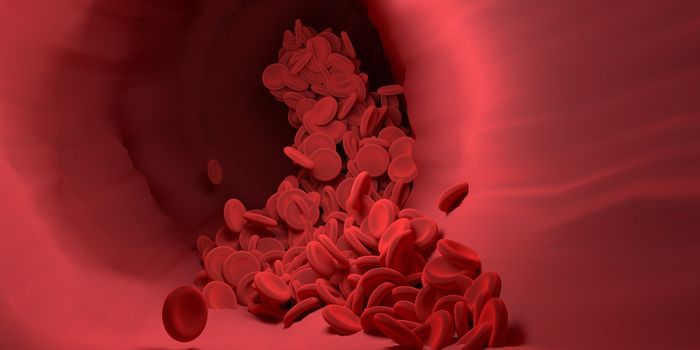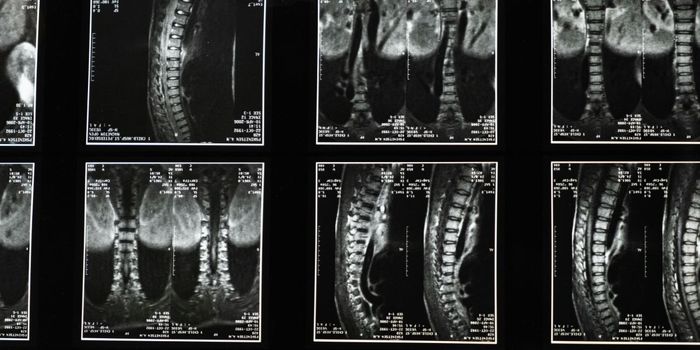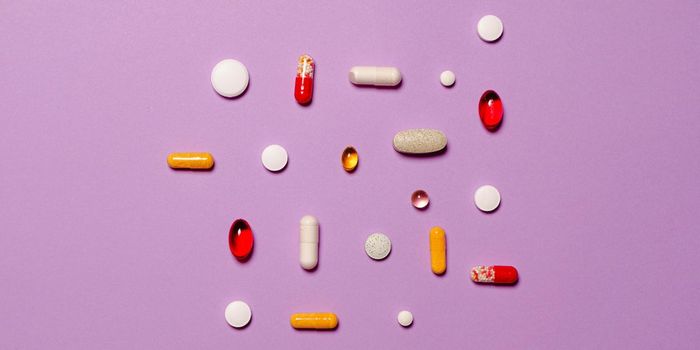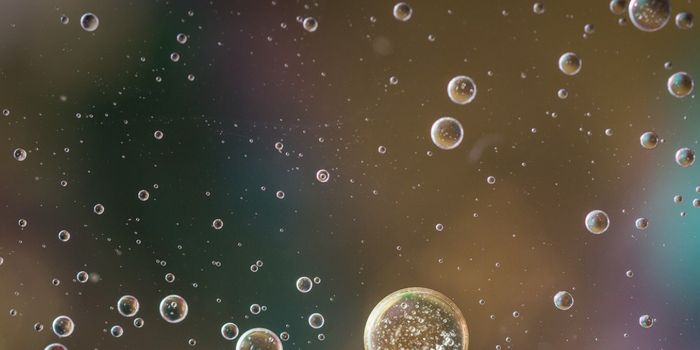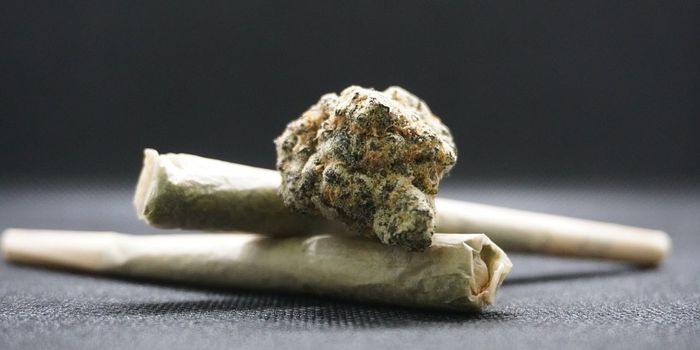Future COVID-19 Targets Rapidly Identified with Computer Simulations
A recent mechanism as detailed in the novel SARS-CoV2 that causes COVID-19 could help scientists find new therapeutics.
"Knowing how this mechanism works is one way in which you can stop the virus, and in our study we are the first to see the detailed movement of opening. Now that you know what the range of this movement is, you can figure out what can block it,” says lead author Professor Rudolf Roemer from the Department of Physics at the University of Warwick.
The study was carried by University of Warwick as part of the EUTOPIA community of European universities and have shown simulated movements in nearly 300 protein structures of the COVID-19 virus spike protein via computational modelling techniques.
"All those people who are interested in checking whether the protein structures in the virus could be drug targets should be able to examine this and see if the dynamics that we compute are useful to them.
"We couldn't look closely at all the 287 proteins though in the time available. People should use the motion that we observe as a starting point for their own development of drug targets. If you find an interesting motion for a particular protein structure in our data, you can use that as the basis for further modelling or experimental studies."
Findings were published in the journal Scientific Reports.
Professor Roemer adds: "The gold standard in modelling protein dynamics computationally is a method called molecular dynamics. Unfortunately, this method can become very time consuming particularly for large proteins such as the Covid-19 spike, which has nearly 3000 residues -- the basic building blocks of all proteins. Our method is much quicker, but naturally we have to make more stringent simplifying assumptions. Nevertheless, we can rapidly simulate structures that are much larger than what alternative methods can do.
"At the moment, no-one has published experiments that identify protein crystal structures for the new variants of Covid-19. If new structures come out for the mutations in the virus then scientists could quickly test existing treatments and see if the new mechanics have an impact on their effectiveness using our method.”
Source: Science Daily



